Solving the Mystery: A Guide to Identifying and Treating a Recent Disease in Arctic Char
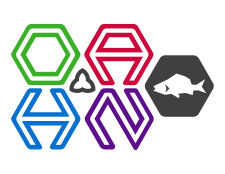
Dr. Marcia Chiasson (University of Guelph)
Dr. Alexandra Reid (Ontario Ministry of Agriculture, Food, and Rural Affairs)
The Ontario Aquaculture Research Centre (OARC) recently faced a puzzling challenge with the Arctic char (Salvelinus alpinus) in the outdoor production tanks. We want to share our journey in tackling this issue and highlight the crucial role veterinarians play in disease detection and management.
In September 2023, we observed an unusual increase in total suspended solids (TTS) in our outdoor tanks, initially attributing it to maintenance issues. Despite our best efforts with daily cleaning, TTS persisted, accompanied by another concerning observation: the fish seemed to be experiencing diarrhea, with feces expelled as fines rather than the usual solid string.
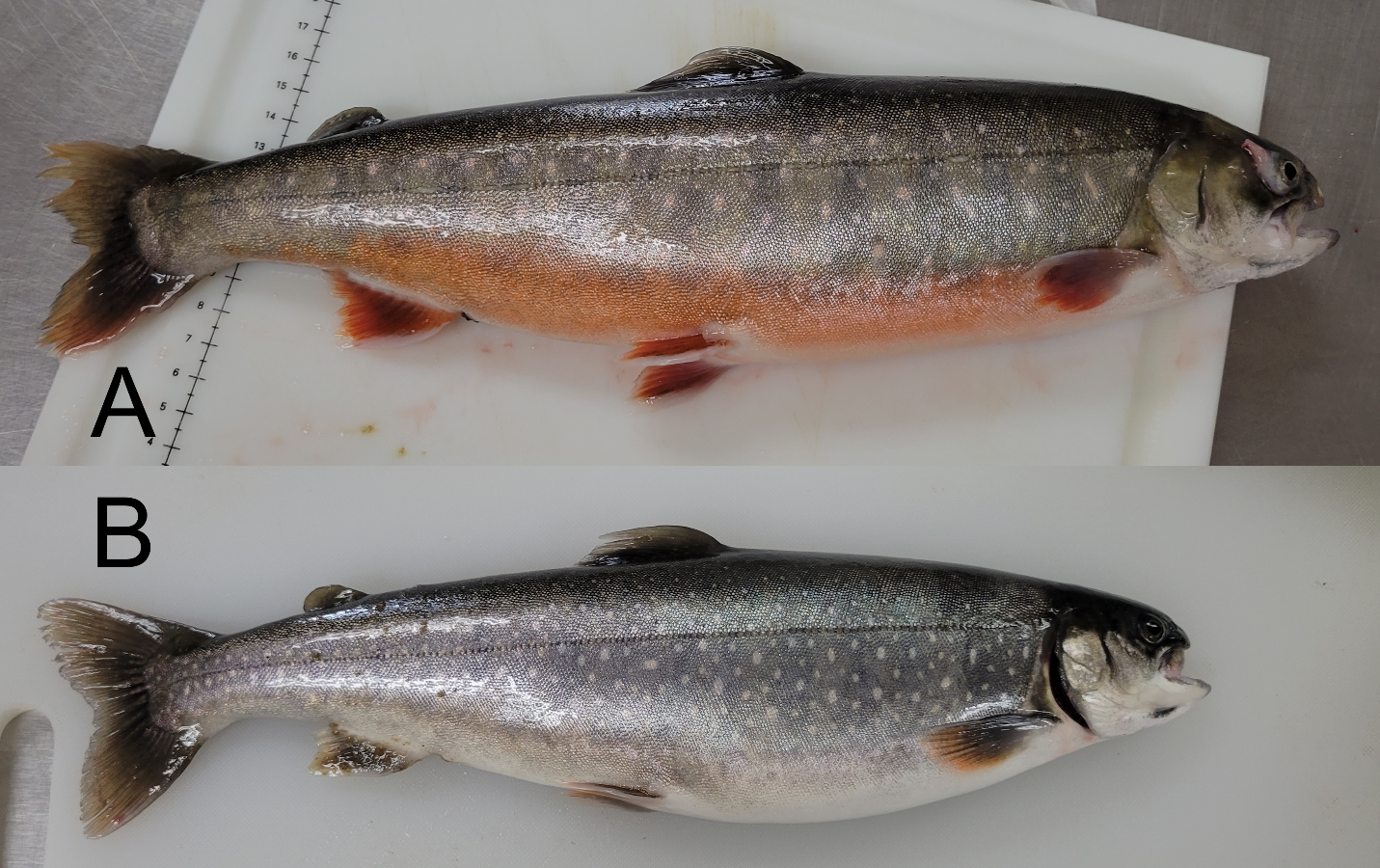
This unexpected behavior led us to suspect a potential dietary issue, but indoor-held Arctic char from the same population and receiving the same diet remained unaffected. We turned our attention to parasites or infection as possible culprits.
After culling affected fish on November 28, 2023, for internal examination and fecal smear, we discovered overloaded gut pellets, liquid feces, mild abdominal distension, congestion, and patchy hemorrhage in the affected char.
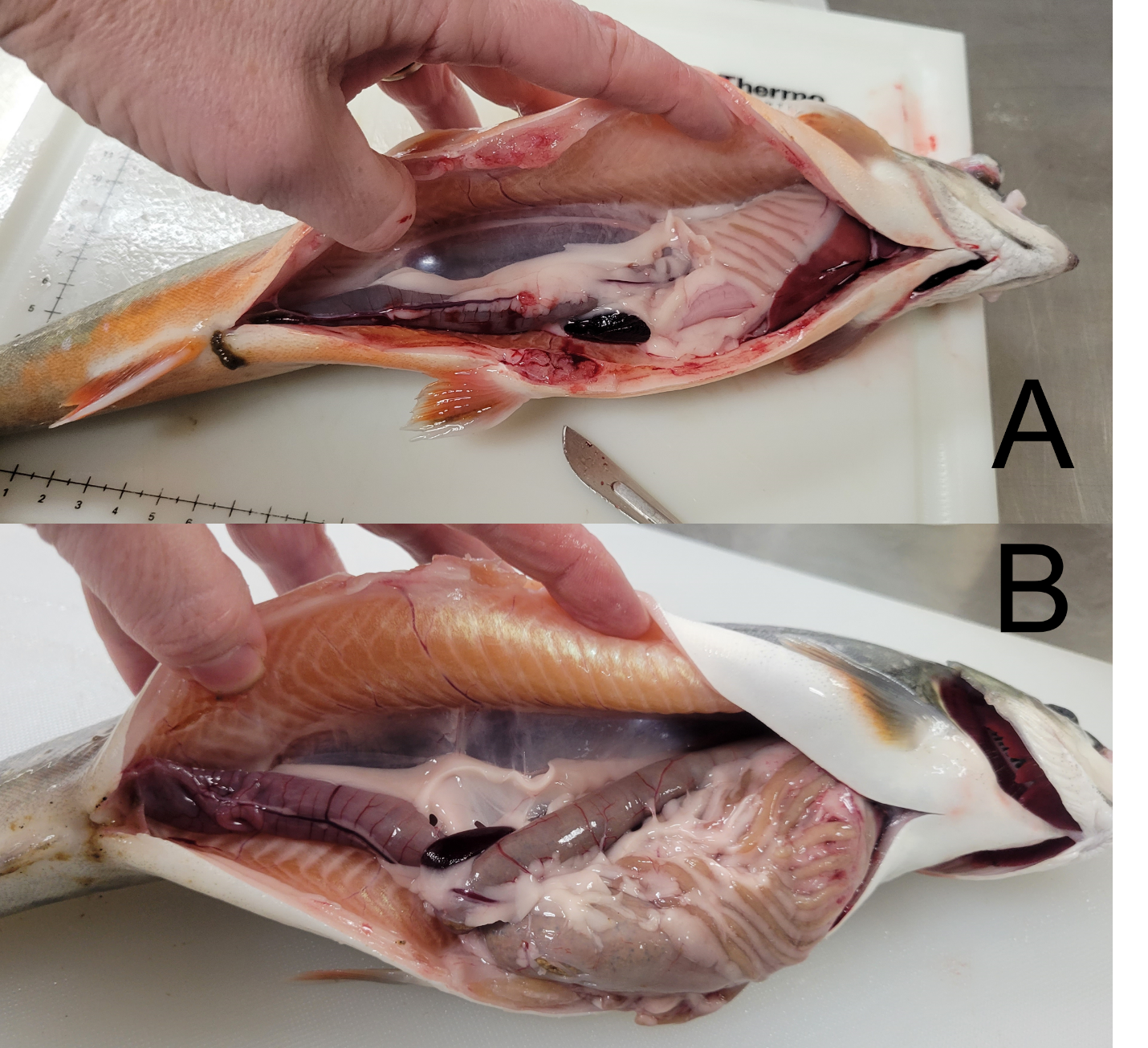
Although smears, gill clips, and skin wet mounts performed by the OARC staff were normal, we sent samples to the Animal Health Laboratory (AHL) at the University of Guelph for a thorough diagnostic evaluation.
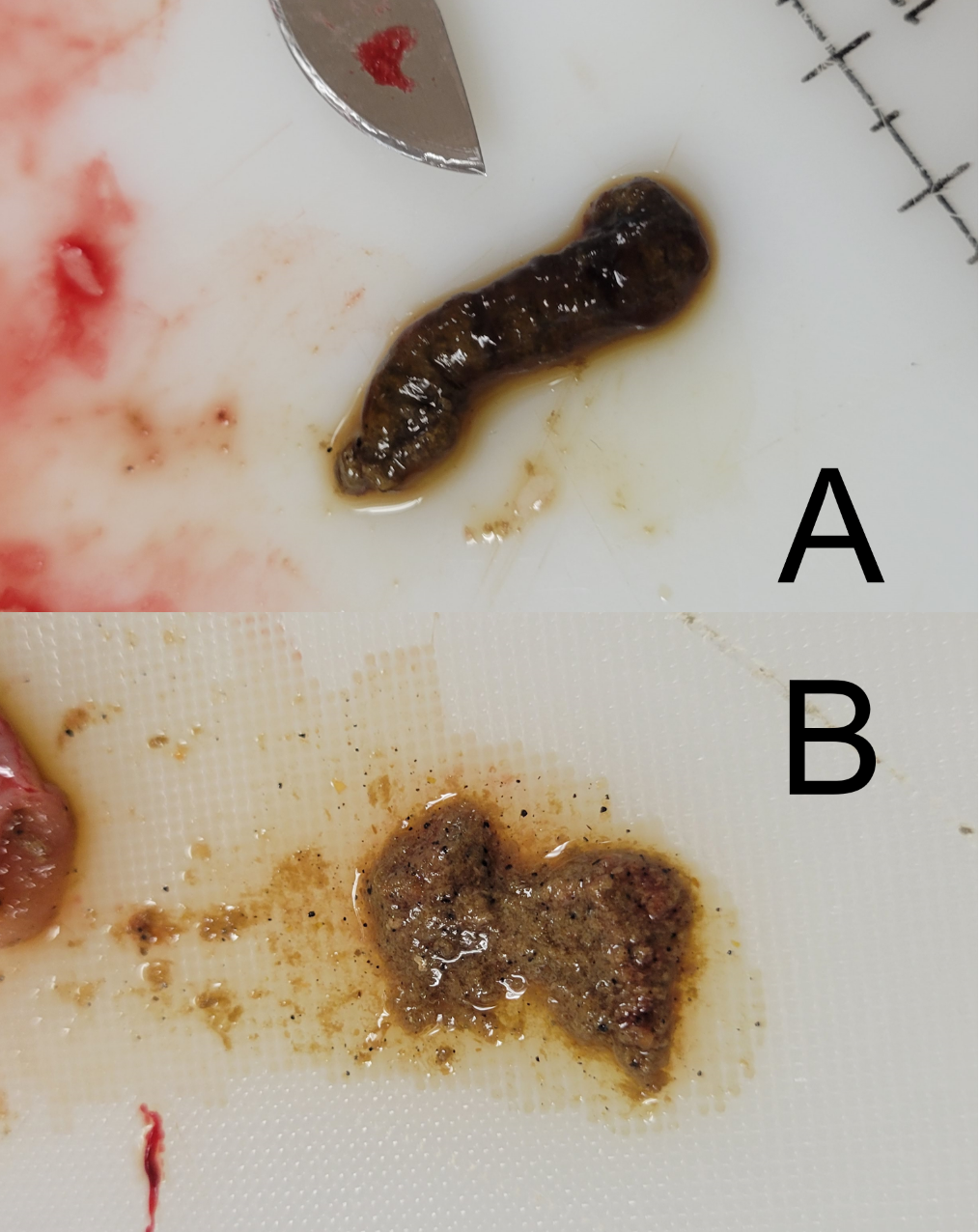
Wet mounts of affected and unaffected char are within normal limits. No parasites are observed on these slides.
The lab results revealed a surprising finding: flagellated protozoa consistent with Spironucleus spp. were identified on histopathology. Those of you who are familiar with fish parasites might know these by their old name, Hexamita. While these were not speciated during this investigation, char are known to be susceptible to S. bakhanus. This discovery emphasized the importance of specific identification for accurate treatment and management, preventing guesswork and multiple withdrawal periods, especially as winter and colder temperatures approached.
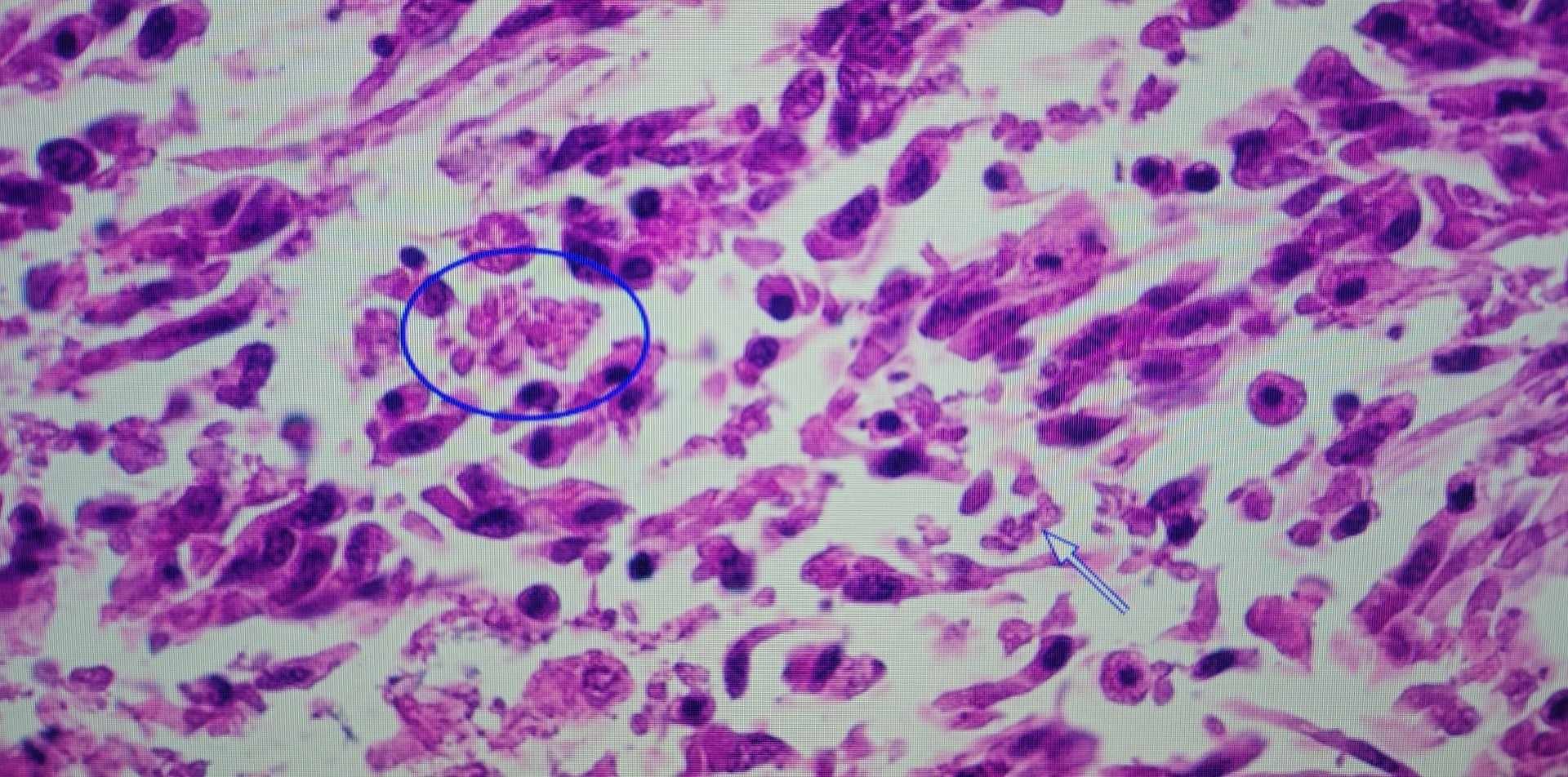
The protozoa may have been introduced by fish-consuming predators such as mink, raccoons, or herons attracted to the outdoor tanks and/or the wastewater treatment system. OARC is in a very natural area, with abundant farm and riparian habitat for wild fish and their predators to live in. This case underscores the challenge of identifying seemingly common problems without laboratory diagnostics and the need for collaboration with veterinarians.
Why is it essential to work with a veterinarian on cases like this? Fish health issues aren’t always apparent externally. Some problems are too small to detect without specialized testing, such as bacterial cultures or histopathology. A veterinarian’s expertise ensures accurate diagnosis, enabling appropriate and effective treatment for the well-being of your fish.
Remember, your fish’s health is a priority. By working together, we can navigate challenges and ensure a thriving aquaculture environment. Follow OAHN.ca or OAHN on social media for more fish and other aquatic animal health related information.

